Franklin Carmichael (1890-1945)
Get a Carmichael Certificate of Authenticity for your painting (COA) for your Carmichael drawing.
For all your Carmichael artworks you need a Certificate of Authenticity (COA) in order to sell, to insure or to donate for a tax deduction.
Getting a Carmichael Certificate of Authenticity (COA) is easy. Just send us photos and dimensions and tell us what you know about the origin or history of your Carmichael painting or drawing.
If you want to sell your Carmichael painting or drawing use our selling services. We offer Carmichael selling help, selling advice, private treaty sales and full brokerage.
We have been authenticating Carmichael and issuing certificates of authenticity since 2002. We are recognized Carmichael experts and Carmichael certified appraisers. We issue COAs and appraisals for all Carmichael artworks.
Our Carmichael paintings and drawings authentications are accepted and respected worldwide.
Each COA is backed by in-depth research and analysis authentication reports.
The Carmichael certificates of authenticity we issue are based on solid, reliable and fully referenced art investigations, authentication research, analytical work and forensic studies.
We are available to examine your Carmichael painting or drawing anywhere in the world.
You will generally receive your certificates of authenticity and authentication report within two weeks. Some complicated cases with difficult to research Carmichael paintings or drawings take longer.
Our clients include Carmichael collectors, investors, tax authorities, insurance adjusters, appraisers, valuers, auctioneers, Federal agencies and many law firms.
We perform Franklin Carmichael art authentication, appraisal, certificates of authenticity (COA), analysis, research, scientific tests, full art authentications. We will help you sell your Franklin Carmichael or we will sell it for you.
Franklin Carmichael was a Canadian painter, best known for co-founding the “Group of Seven.” Carmichael was born to Scottish parents in Orillia, Ontario, Canada, where he lived until starting his studies in Toronto at the age of twenty. Carmichael realized his passion for art at an early age and enrolled at the Ontario College of Art. Carmichael was fortunate enough to study with well-known painters such as William Cruickshank and George Reid. In addition to art courses, Carmichael took some technical courses, where he met Gustav Hahn.

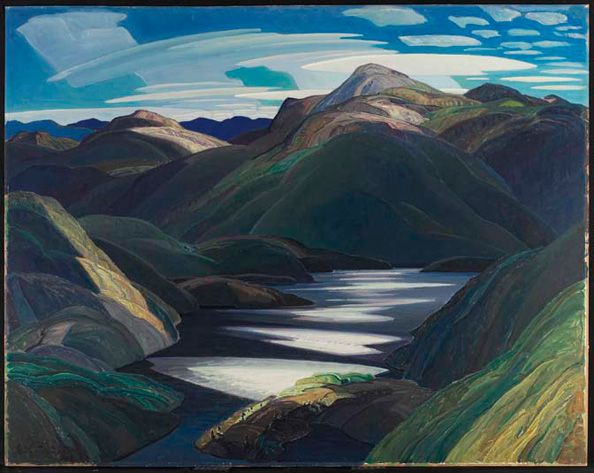
Before Carmichael’s career took off as a painter, he was employed as a commercial artist at an advertising agency, Grip Ltd. Luckily, Carmichael’s co-workers shared his enthusiasm for painting, and they often met up on weekends to go on painting trips. His group of friends preferred leaving the city to paint and sketch rural landscapes.
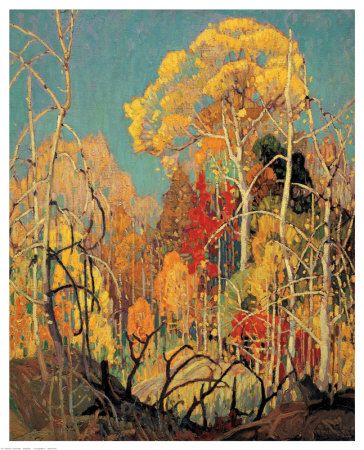
By 1913 Carmichael was able to leave the advertising business and continue his painting studies. For a short time, before the outbreak of the war, Carmichael studied in Belgium, lending a European influence to his work. As conditions in Europe intensified, Carmichael returned to Ontario to resume his northern landscape paintings.
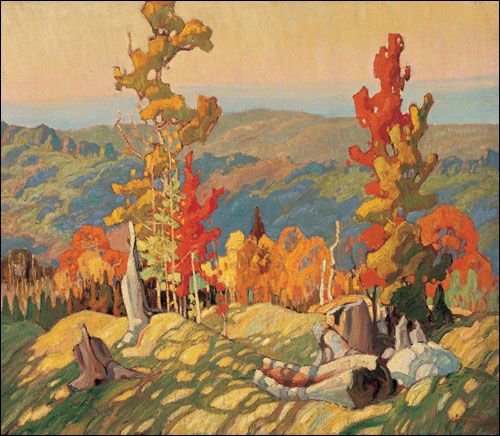
Between 1915 and the mid 1920s, Carmichael took some time off from painting to build a family. When Carmichael resumed his full-time painting practice, he began focusing on watercolors. Carmichael’s interest and mastery of the medium, led him to found the Ontario Society for Painters in Watercolor. The group was co-founded by painters AJ Casson and FH Brigden.
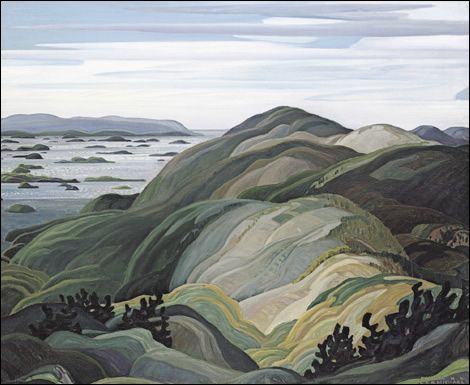
Carmichael is possibly best remembered for his involvement in the Group of Seven, of which he was the youngest member. Despite his age, Carmichael was a group leader and served as the Group of Seven’s president for three years, from 1932 to 1934.

The Group of Seven members included Lawren Harris, AY Jackson, Frank Johnston, Arthur Lismer, JEH MacDonald, Frederick Varley and Franklin Carmichael. Tom Thomson and Emily Carr were never official members, but are closely affiliated to the Group of Seven.
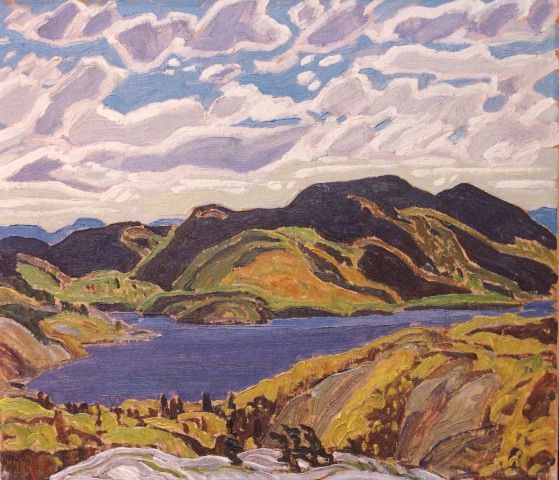
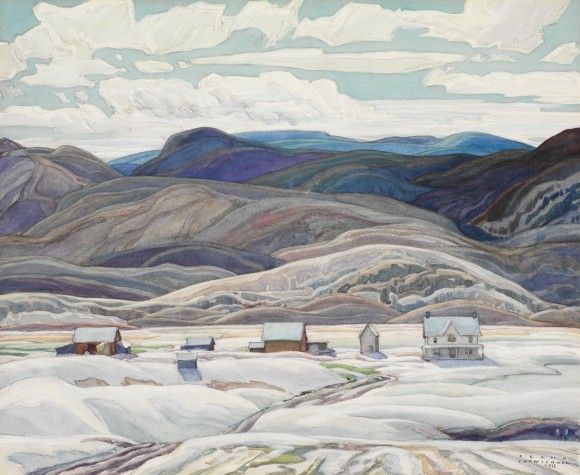
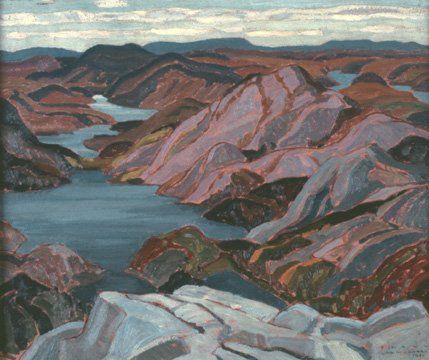
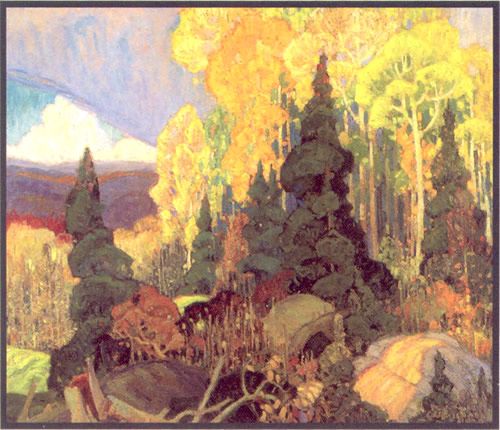
Tom Thomson was a great friend and influence in Carmichael’s life and career. In 1914, the two painters worked together in a space known as the Studio building. Thomson, who was quite a bit older, died in 1917, before the founding of the Group of Seven in the 1920s.
A few years later, during the 1930s, the Group of Seven grew into the Canadian Group of Painters, to include a greater number of painters from the region.
Carmichael frequently exhibited as a member of multiple groups and societies in Canada. His large oil paintings of northern landscapes became his most iconic images. From 1932 to 1945 Carmichael taught painting at his alma mater, the Ontario College of Art.
Carmichael’s paintings are now in collections and museums throughout Canada. Do you think you own a landscape painting by Franklin Carmichael? Contact us. We are the experts on Franklin Carmichael.
Reviews
1,217 global ratings
5 Star
4 Star
3 Star
2 Star
1 Star
Your evaluation is very important to us. Thank you.
